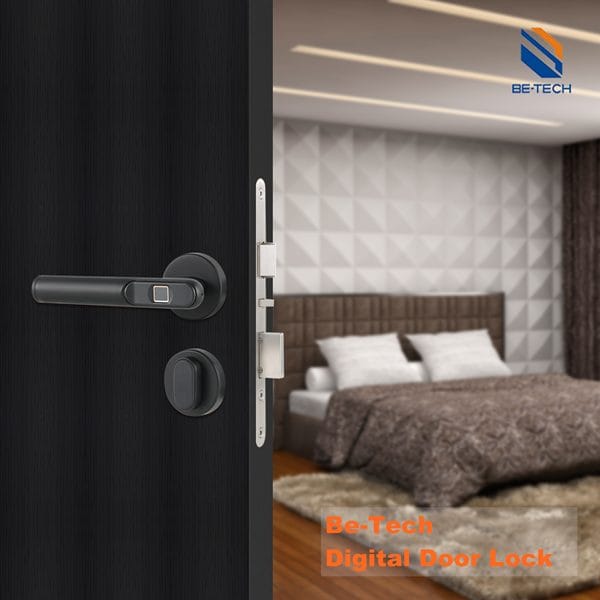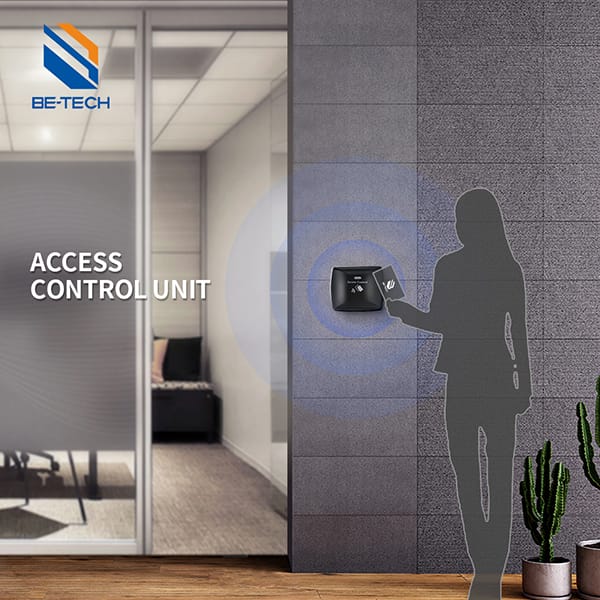Biometric locks are a cutting-edge security solution that utilizes unique biological traits, such as fingerprints, facial recognition, or iris patterns, to grant access. This technology offers a superior alternative to traditional locks, which rely on keys or combinations. Understanding biometric locks is essential for enhancing security in various applications, from residential to commercial settings.
Definition of Biometric Lock
A biometric lock is an electronic locking mechanism that identifies individuals based on their unique physiological or behavioral characteristics. Unlike conventional locks that require physical keys or codes, biometric locks provide a higher level of security by using data that is inherently unique to each individual. The process involves scanning the user’s biometrics and comparing it to stored data to confirm identity. This technology is increasingly integrated into smart home systems and security devices, making it a popular choice for modern security solutions.

Applications of Biometric Locks
Biometric locks are utilized across numerous sectors due to their robust security features and convenience:
- Residential Security: Homeowners use biometric locks for doors and safes, eliminating the need for physical keys and enhancing security against unauthorized access.
- Commercial Spaces: Businesses implement biometric systems in offices and warehouses to control employee access to sensitive areas, thereby protecting confidential information.
- Healthcare Facilities: Hospitals employ biometric locks to secure patient records and restricted areas, ensuring compliance with privacy regulations.
- Automotive Security: Many modern vehicles feature biometric systems for keyless entry and ignition, providing convenience while enhancing vehicle security.
- Government Buildings: Biometric access control is crucial in securing sensitive government facilities, allowing only authorized personnel entry.
Benefits and Features
Biometric locks offer numerous advantages that make them increasingly popular:
- Enhanced Security: Biometric data is unique to each individual, making it extremely difficult to replicate or forge compared to traditional keys. This significantly reduces the risk of unauthorized access.
- Convenience: Users no longer need to carry keys or remember combinations; access is granted simply by presenting their biometrics. This ease of use can be particularly beneficial in high-traffic areas where quick access is essential.
- Durability: Biometric locks typically have fewer mechanical parts than traditional locks, reducing wear and tear over time and increasing the lifespan of the device.
- User Management: These systems can easily accommodate multiple users by allowing the registration of various biometrics. This feature is particularly useful in commercial settings where access needs may change frequently.
- Cost-Effectiveness: While the initial investment may be higher than traditional locks, biometric systems can reduce costs associated with lost keys or rekeying processes over time.
How to Use Biometric Locks
Using a biometric lock generally involves the following steps:
- Registration: Initially, users must register their biometrics (e.g., fingerprints) with the lock’s system. This usually involves placing a finger on the scanner multiple times until the system captures enough data for accurate recognition.
- Accessing the Lock:
- Approach the lock and present your registered biometrics (fingerprint, face, etc.).
- The system scans your biometrics and compares it with stored data.
- If there’s a match, the lock will disengage, allowing entry.
- Maintenance Tips:
- Keep the scanner clean to ensure accurate readings.
- Regularly check the battery life if applicable.
- Update user registrations as needed when personnel changes occur.
Common Misconceptions
Several myths surround biometric locks that need clarification:
- Myth 1: Biometric Locks Are Foolproof: While they offer enhanced security, no system is entirely immune to breaches. It’s essential to choose high-quality products from reputable brands and stay updated on software improvements.
- Myth 2: They Are Too Expensive: Although initial costs may be higher than traditional locks, the long-term savings from reduced key management can offset this expense significantly.
- Myth 3: They Are Difficult to Use: Biometric locks are designed for user-friendliness; most systems allow for quick access with minimal training required for users.
Conclusion
Understanding what a biometric lock is and how it operates is crucial for anyone looking to enhance their security measures. With applications ranging from residential homes to commercial establishments, these systems offer unparalleled convenience and protection. As technology evolves, so do the capabilities of biometric locks, making them a smart investment for future-proofing your security needs. Explore Be-tech’s offerings today to find a solution that fits your requirements!
Feel free to share your experiences with biometric technology in the comments below!









